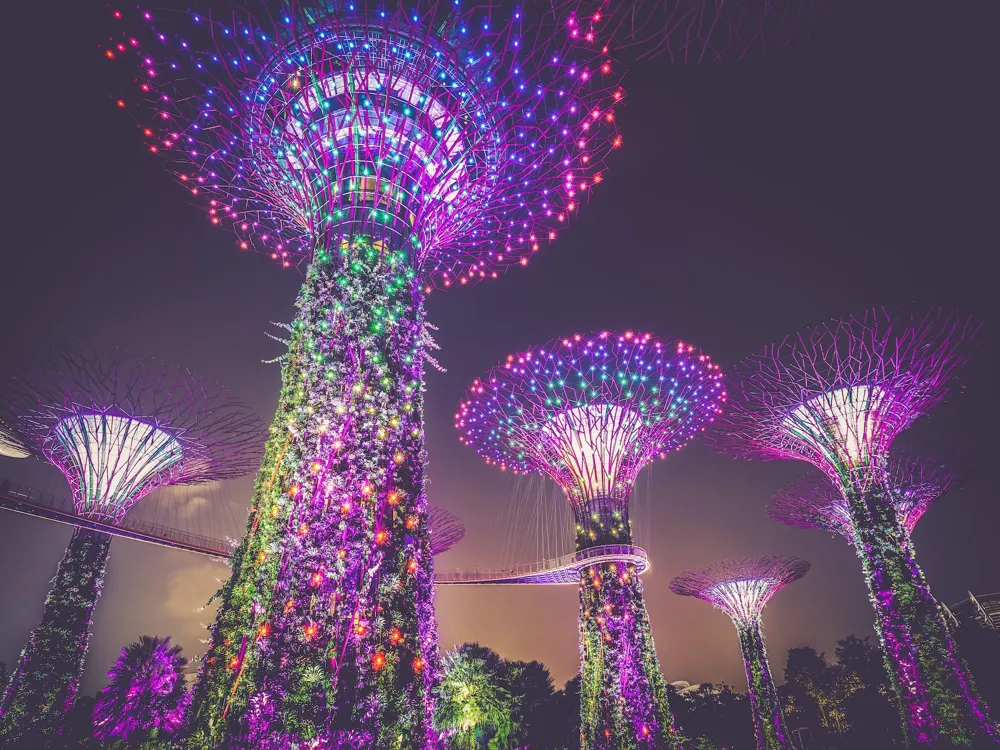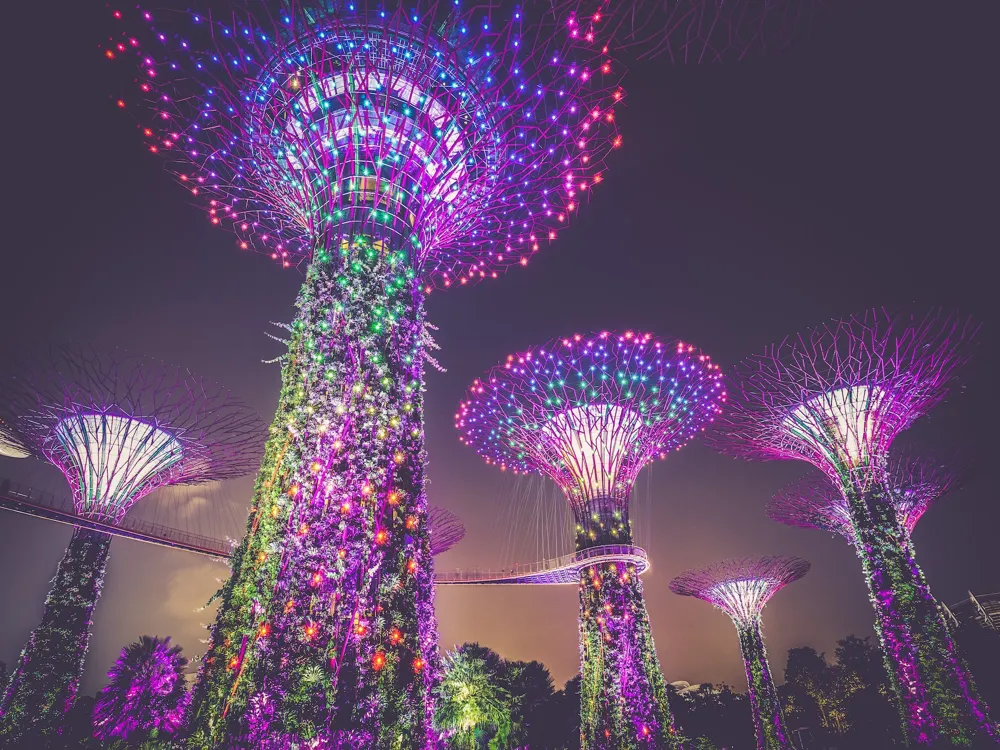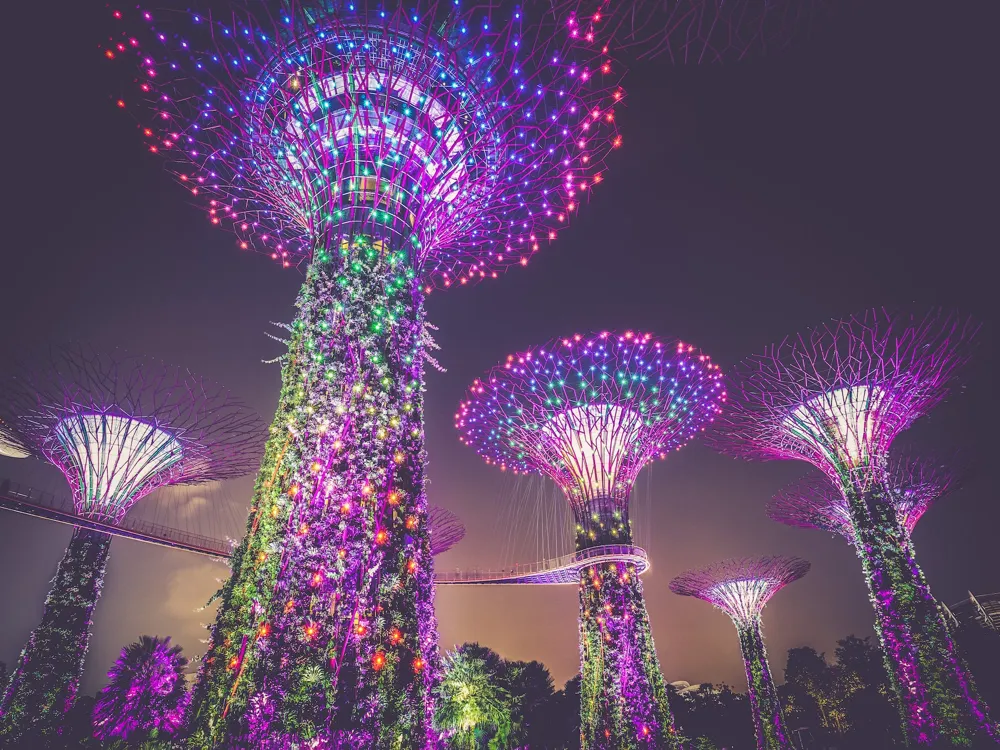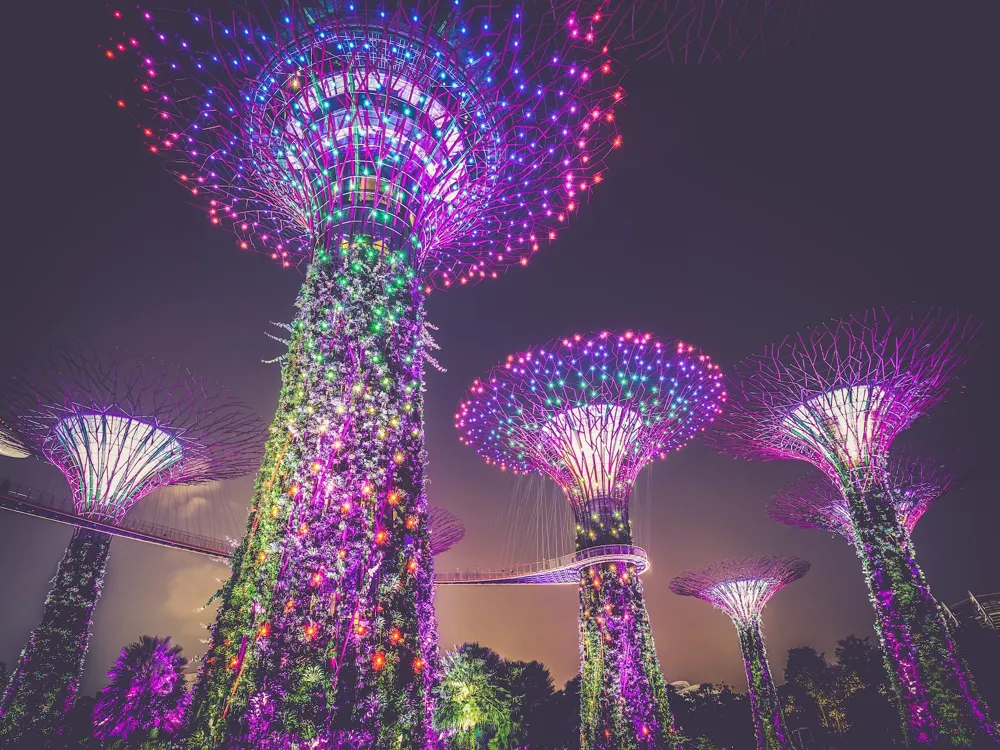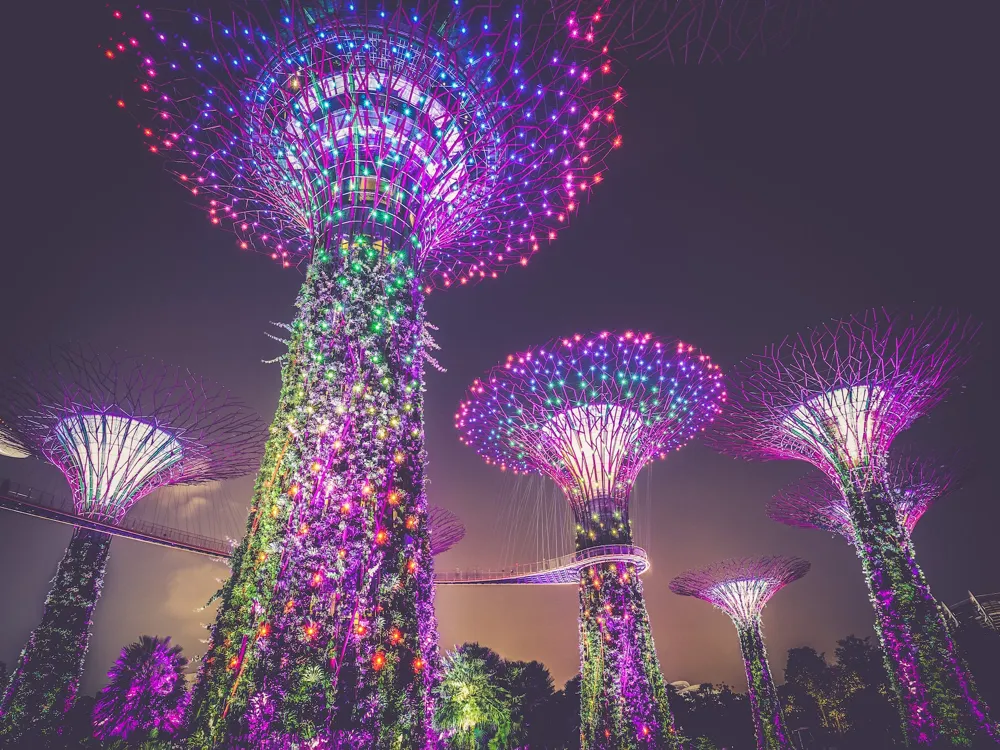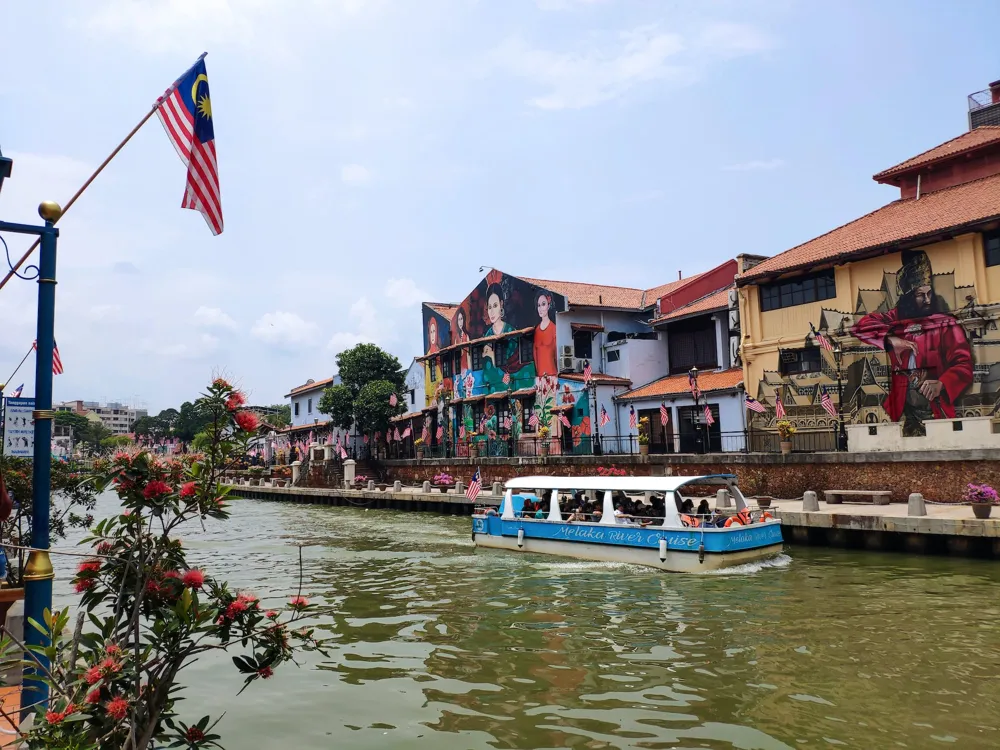Welcome to the cultural treasure of Thian Hock Keng Temple, a revered symbol of Singapore's rich heritage and spiritual legacy. Nestled amidst the bustling streets of Chinatown, this historic temple stands as a testament to the resilience and devotion of the local Hokkien community. Dedicated to the sea goddess Mazu, Thian Hock Keng Temple has been a beacon of faith and community for over a century, drawing pilgrims and visitors alike to its sacred halls. The architecture of Thian Hock Keng Temple is a masterpiece of traditional Chinese design, meticulously crafted to reflect the rich symbolism and spiritual significance of its purpose. Built without nails, using intricate wooden joinery techniques, the temple showcases exquisite craftsmanship and attention to detail at every turn. The main hall, adorned with ornate carvings and colorful ceramic tiles, serves as the focal point of the temple, housing the altar dedicated to Mazu. Surrounding courtyards feature intricate stone sculptures, serene gardens, and delicate pavilions, creating a tranquil oasis amidst the urban landscape. From the imposing stone lions guarding the entrance to the graceful curved rooflines adorned with mythical creatures, every aspect of Thian Hock Keng Temple's architecture tells a story of devotion, resilience, and cultural identity. Enhance your visit to Thian Hock Keng Temple with these helpful tips: Respectful Attire: As a place of worship, it's important to dress modestly and respectfully when visiting the temple. Avoid revealing clothing and ensure shoulders and knees are covered out of respect for the sacred space. Silent Reverence: Take a moment to observe the rituals and practices of worshippers within the temple, maintaining a respectful silence and refraining from disruptive behavior. Allow yourself to immerse in the atmosphere of devotion and contemplation. Learn the History: Explore the rich history and cultural significance of Thian Hock Keng Temple by joining a guided tour or picking up informational pamphlets available onsite. Gain insights into the temple's founding, architectural features, and role in Singapore's cultural landscape. Capture Memories: Bring along your camera or smartphone to capture the intricate details and serene beauty of the temple. Remember to be mindful of worshippers and avoid disturbing religious ceremonies or rituals. Explore Chinatown: Extend your visit by exploring the vibrant streets of Chinatown, where you'll find bustling markets, authentic eateries, and cultural landmarks. Immerse yourself in the sights, sounds, and flavors of this historic neighborhood before or after your temple visit. Located at 158 Telok Ayer Street, Thian Hock Keng Temple is easily accessible by public transportation, car, or on foot. Visitors can take the MRT to Telok Ayer station and enjoy a stroll to the temple, soaking in the sights and sounds of Chinatown along the way. For those driving, parking is available at nearby public car parks, though spaces may be limited during peak hours. Alternatively, consider taking a guided walking tour of Chinatown, where knowledgeable guides can provide insights into the area's history and cultural significance. Experience the timeless beauty and spiritual serenity of Thian Hock Keng Temple, where tradition meets devotion in a harmonious blend of architecture and spirituality. Whether you're seeking solace, cultural enrichment, or simply curious about Singapore's rich heritage, the temple welcomes you with open arms and a sense of sacred tranquility. Read More:Overview Of Thian Hock Keng Temple
The architecture of Thian Hock Keng Temple
Tips When Visiting Thian Hock Keng Temple
How To Reach Thian Hock Keng Temple
Thian Hock Keng Temple
Singapore
₹ 18,500 onwards
View singapore Packages
Weather :
Tags : Buddhist Temple
Timings : 7:30 AM - 5:30 PM
Time Required : 1-2 hours
Entry Fee : No entry fees
Planning a Trip? Ask Your Question
Singapore Travel Packages
View All Packages For Singapore
Top Hotel Collections for Singapore

Private Pool

Luxury Hotels

5-Star Hotels

Pet Friendly
Top Hotels Near Singapore
Other Top Ranking Places In Singapore
View All Places To Visit In singapore
View singapore Packages
Weather :
Tags : Buddhist Temple
Timings : 7:30 AM - 5:30 PM
Time Required : 1-2 hours
Entry Fee : No entry fees
Planning a Trip? Ask Your Question
Singapore Travel Packages
View All Packages For Singapore
Top Hotel Collections for Singapore

Private Pool

Luxury Hotels

5-Star Hotels

Pet Friendly







